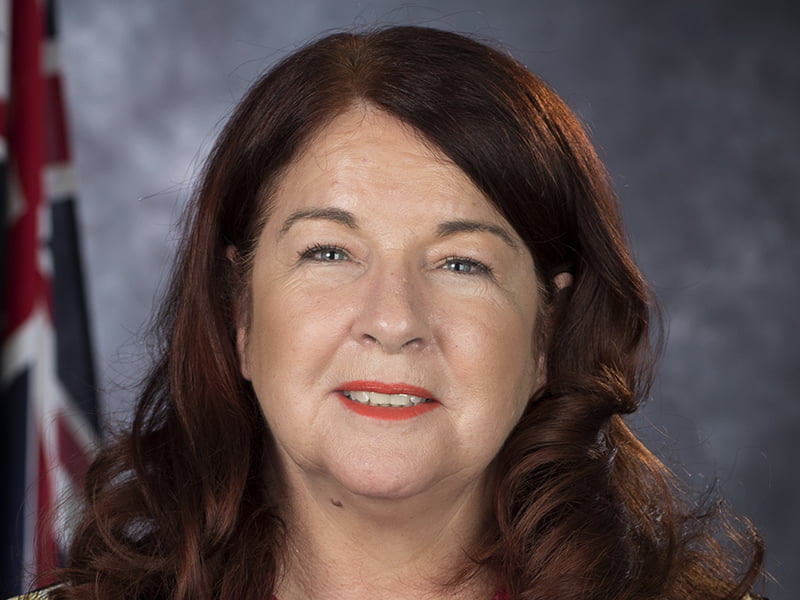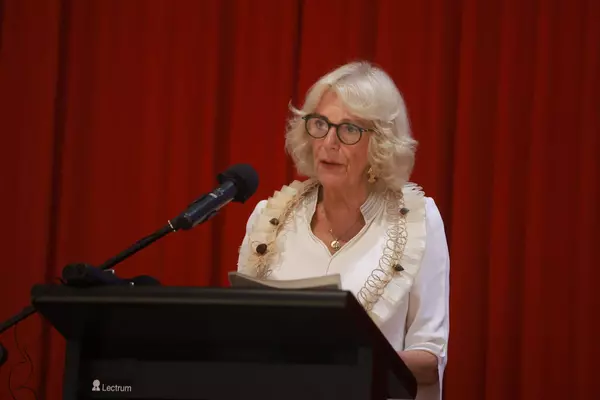The federal government on Thursday announced nine new Defence Innovation Hub contracts together worth $19 million for companies developing technologies ranging from advanced radar and cameras to cheap “swarming” drones.
The latest defence technology funding comes as the Morrison government sits on a review of Australia’s defence innovation system, which is under scrutiny for low translation rates.

Private defence companies from South Australia, the Australian Capital Territory, New South Wales and Victoria locked in millions in funding in the latest round of Defence Innovation Hub contracts, with Victoria accounting for nearly half.
The largest contract went to RFTEQ Pty Ltd, an Adelaide-based cyber and electronic warfare hardware and systems delivery company. It received a $5.31 million contract to develop a counter-improvised threat solution that could detect complex threat signals.
Other projects include “affordable and expendable swarming aerial target drones”, unmanned ground vehicles, and vibration monitoring of Navy vessels to reduce maintenance and operating cost.
Defence Industry minister Melissa Price announced the newest contracts on Thursday, saying the demonstrated the growing capabilities of the local industry.
“I am delighted to see this investment in businesses and a research organisation to help Defence harness cutting-edge capabilities that could help protect and sustain ADF personnel in the field,” Minister Price said.
Ms Price is currently considering an independent review of Australia’s Defence innovation system, including the Defence Innovation Hub, which was completed last year by former Rio Tinto Australia managing director David Peever.
A spokesperson for the Department of Defence confirmed the review had been completed and is with government for consideration.
“The report and Government decisions will be released in due course,” the spokesperson told InnovationAus.
Recent details about other defence innovation programs failing to translate half-a-billion dollars in government investment into procurement or export have raised concerns about the programs’ impact.
But Ms Price said she was confident in the latest technology projects helping to protect and sustain Australian Defence Force personnel in the field. She noted several of the new Defence Innovation Hub contracts focus on “unscrewed” systems which allow remote access and operation, also potentially improving safety.
A full list of the nine new Defence Innovation Hub contracts was provided by the minister:
- RFTEQ (SA) $5.31 million – To develop a unique counter improvised threat solution that could detect, identify, and neutralise complex threat signals to provide an increased force protection capability.
- QinetiQ (VIC) $3.63 million – To develop a thermoelectric heat recovery system for Navy vessels that could offer improvements in energy, fuel efficiency, range and endurance.
- RUAG Australia (VIC) $2.43 million – To continue the development of additive technologies that enable the reliable and repeatable repair of damaged metal components. If successful, this technology could offer an improvement in operational agility while reducing lifecycle operating costs.
- Defendtex Research Labs (VIC) $1.84 million – To develop an uncrewed ground vehicle that could offer a precision strike capability against enemy armoured vehicles.
- Sentient Vision Systems (VIC) $1.74 million – To develop an electro-optical camera array system that could be used at a high altitude to enhance intelligence, surveillance and reconnaissance capabilities.
- Boresight (ACT) $1.28 million – To develop affordable and expendable swarming aerial target drones with improvised or dedicated counter-small uncrewed aerial system capabilities.
- Arkwright Technologies (SA) $1.07 million – To develop a vibration monitoring system for Navy vessels that could reduce the vessels life-cycle operating and sustainment costs.
- Blueprint (NSW) $1.04 million – To develop an advanced expeditionary system for remote underwater intervention that could reduce risk to personnel through the ability to perform tasks remotely.
- Daronmont Technologies (SA) $965,000 – To develop a passive radar technology that could be integrated for maritime vessels and enhance situational awareness.







